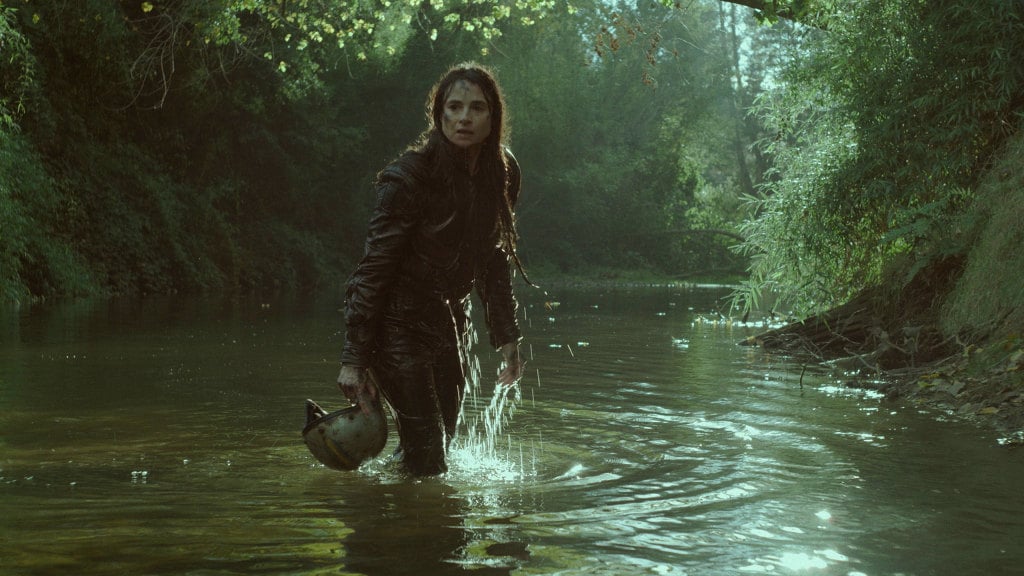The poetic title of this debut feature from Chilean filmmaker Francisca Alegría does not tell a lie: a cow does indeed sing. More than one, in fact, because the film uses an entire herd — plus a flock of birds and a school of fish — as a kind of Greek chorus to comment on human mistreatment of animals and the wider environment. The Cow Who Sang never approaches sanctimonious territory, gently weaving from these ideas an expansive and evenly empathetic worldview. The magical realism that allows the animals to speak is the same device that brings the long-dead Magdalena (Mia Maestro) back to life — and, as her family’s fraught history is gradually revealed, it’s movingly suggested that the objectification that the cows and the local polluted river are subjected to is part of the same culture of devaluation that marred the lives of Magdalena and her female descendants. If there’s one complaint to be had, it’s that the relatively short runtime limits the film's ability to really expound on its many threads — the bond Magdalena instinctively forges with her trans granddaughter, for example. Ultimately, though, its symbolic storytelling and emotionally articulate cast allow The Cow Who Sang to communicate much of its sweeping philosophy to profound effect.
Synopsis
A Chilean family is shaken by the sudden return of a long-dead matriarch.
Storyline
The miraculous return of a long-dead woman forces her family to grapple with their past and present.
TLDR
A moo-ving meditation on the many ugly heads of entitlement and exploitation.
What stands out
There are lots of arresting images in Inti Briones’ ethereal cinematography, but none are more so than the movie’s simple close-ups of the cows. As they stare into the camera, you can’t help but be hit by the sheer innocence of their gaze — a powerful breaking of the fourth wall that only reinforces the film’s message.







